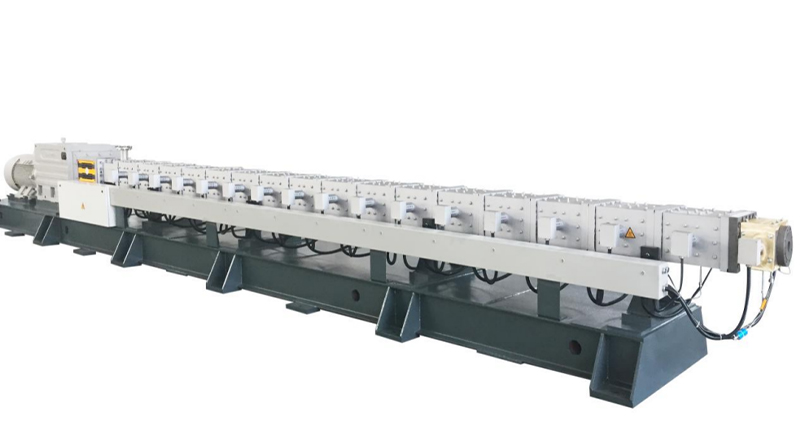Ultra-high molecular mass polyethylene (UHMWPE) fiber, also known as ultra-high modulus polyethylene (UHMPE) fiber or extended chain polyethylene (ECPE) fiber, emerged in the early 1990s as the third generation of high-strength, high-modulus fibers. It has a molecular mass ranging from 1 to 6 million and a linear, straight-chain structure with nearly 100% orientation, making it the strongest fiber available with excellent mechanical properties.
As one of the world's three leading high-tech fibers (alongside the carbon fiber and then aramid fiber), UHMWPE fiber boasts resistance to ultraviolet radiation, chemical corrosion, high energy absorption, low dielectric constant, high electromagnetic wave transmission, low friction coefficient, and outstanding impact and cut resistance.
UHMWPE fibers are ideal for producing soft body armor, stab-resistant clothing, lightweight bulletproof helmets, radar covers, armored cash transport vehicles, helicopter armor, ropes for naval and ocean-going vessels, lightweight high-pressure containers, aerospace structures, deep-sea anti-storm cages, fishing nets, racing boats, sailboats, and ski sleds.
The main method for producing UHMWPE fiber is the "gel spinning-hot drawing method," based on the Tip-Contact method. This technique uses a dilute solution of UHMWPE powder with a molecular mass over 1 million and solvents like decalin, paraffin oil, or kerosene, with added antioxidants. Manufacturers extrude the solution through a spinneret, rapidly cool it to form gel precursor filaments, and then extract and dry these filaments before super drawing to produce UHMWPE fibers. The process unravels large molecules and maintains their state for further stretching during super drawing. This step increases the fibers' crystallinity, orientation, and transforms their structure, greatly improving their strength and modulus. The "gel spinning-hot drawing method" has become a popular technology in the industrial production of UHMWPE fibers, and it is used to make commercial fibers like Spectra and Dyneema. Depending on the solvent, the process divides into dry spinning, using volatile substances like decalin (represented by companies like DSM and TOYOBO), and wet spinning, using solvents like mineral oil or white oil (represented by companies like HONEYWELL and Mitsui Chemicals).

Model: AK125, L/D=68, Main motor power: 132kW, Throughput: 450kg/h

1 | Jiangsu Technology Co., Ltd. | AK125 | 50 sets |
2 | Beijing Fiber Technology Development Co., Ltd. | AK125 | 7 sets |
3 | Jiangsu New Materials Co., Ltd. | AK96 | 4 sets |
4 | A Technology Co., Ltd. | AK125 | 2 sets |
5 | Jiangsu Yancheng New Materials Co., Ltd. | AK125 | 3 sets |
6 | Shanghai Chemical Co., Ltd. | AK125 | 1 sets |
HK73 | 1 sets |
 Tel: +86-25-52706155
Tel: +86-25-52706155
 E-mail: info@kymach.com
E-mail: info@kymach.com
 No.59 West Tianyuan Road, Jiangning, Nanjing, Jiangsu Province, China
No.59 West Tianyuan Road, Jiangning, Nanjing, Jiangsu Province, China